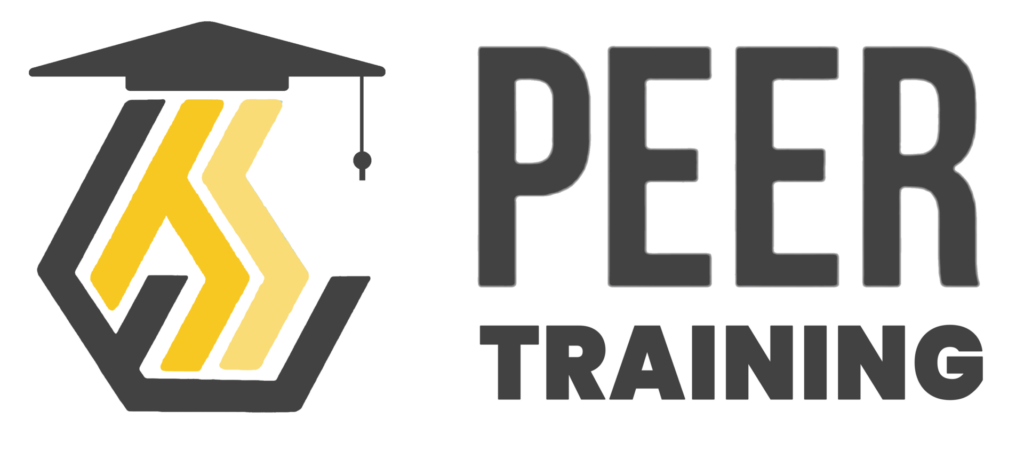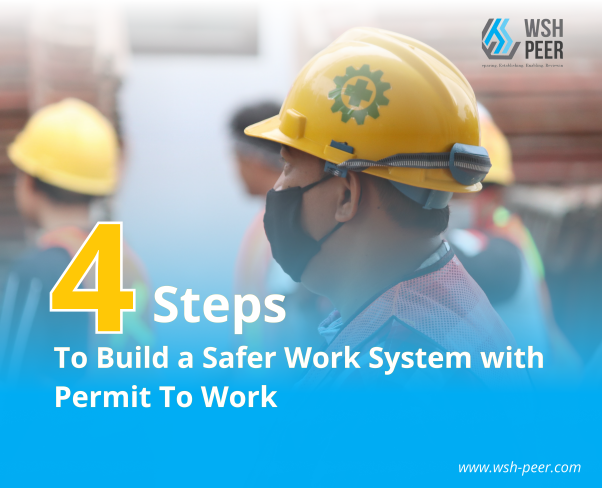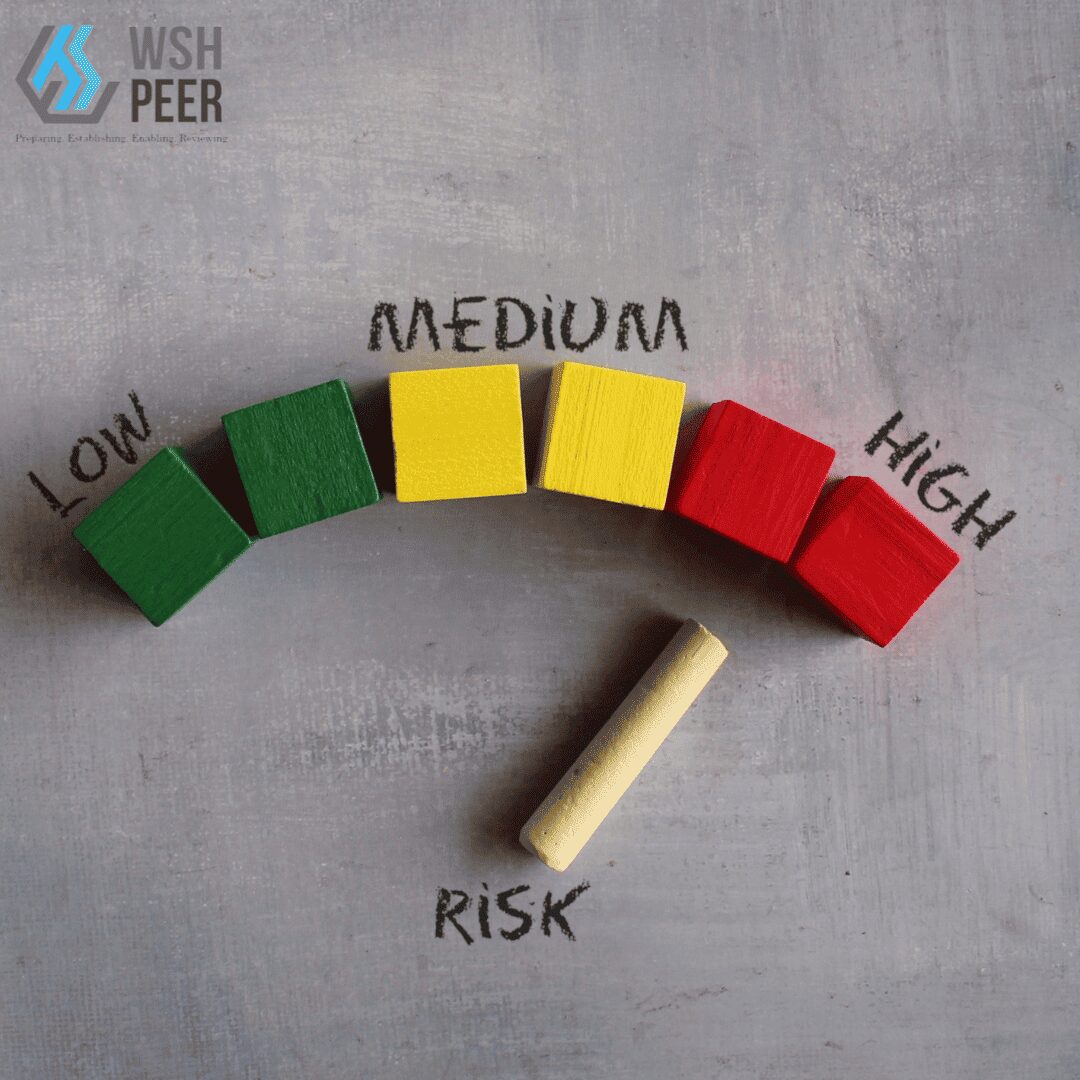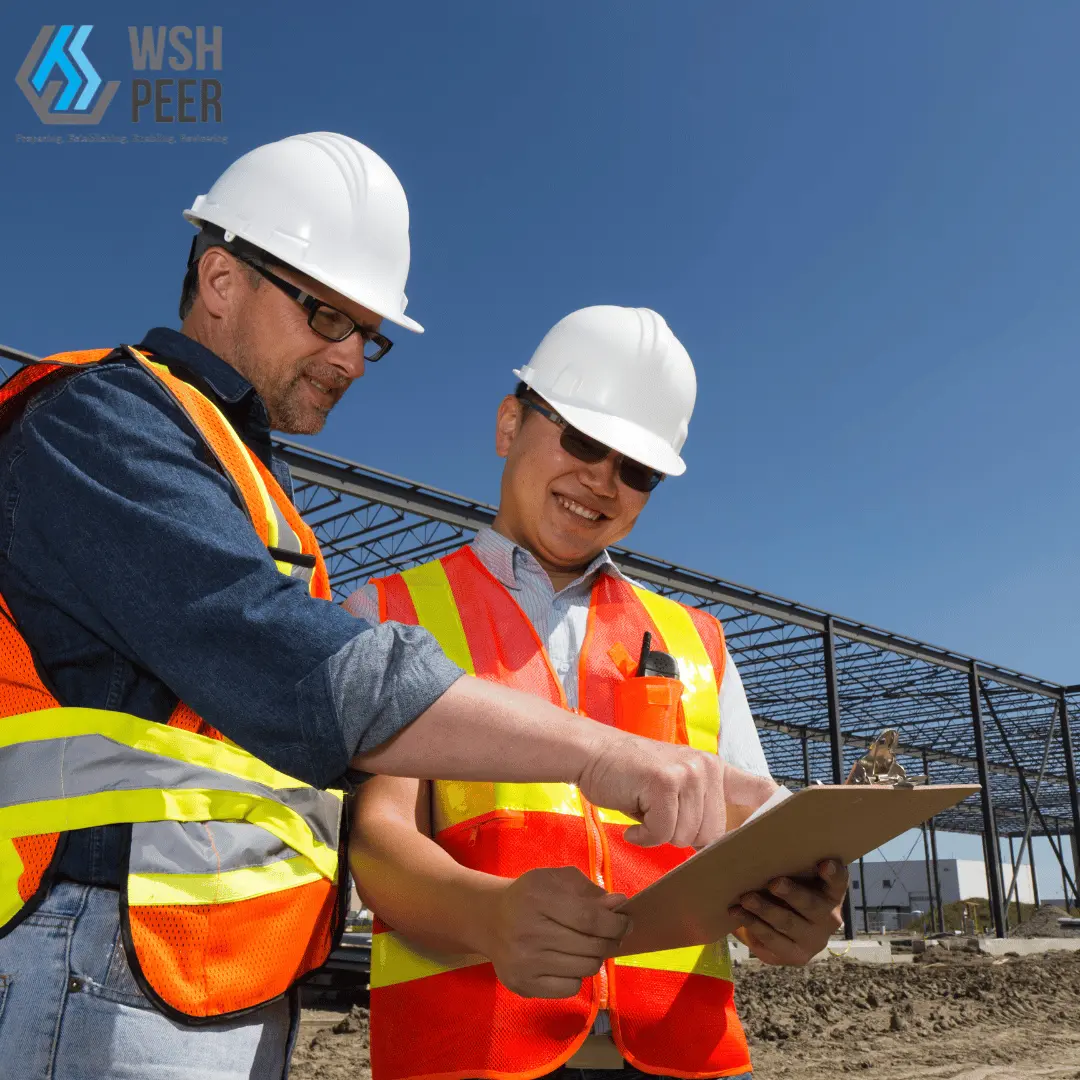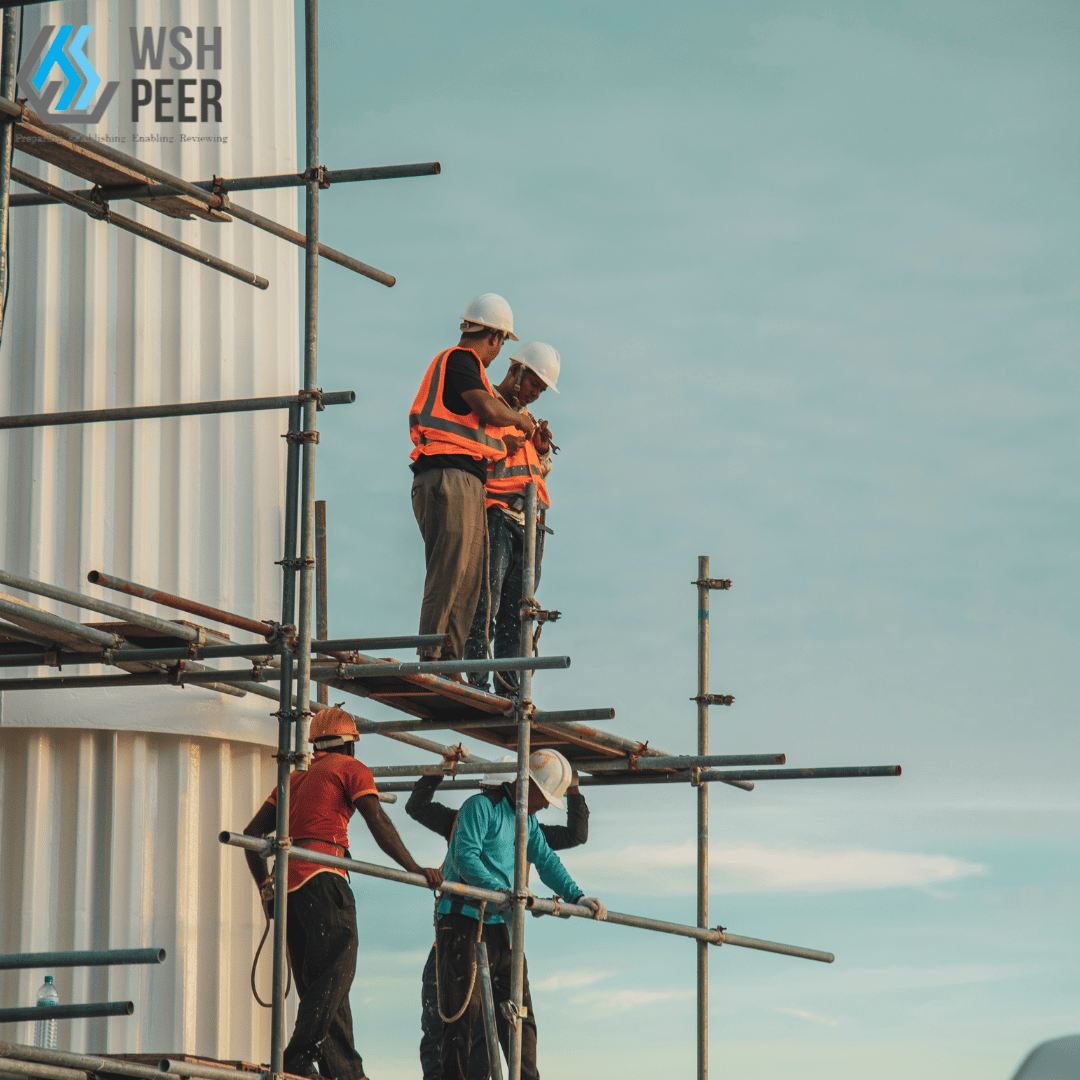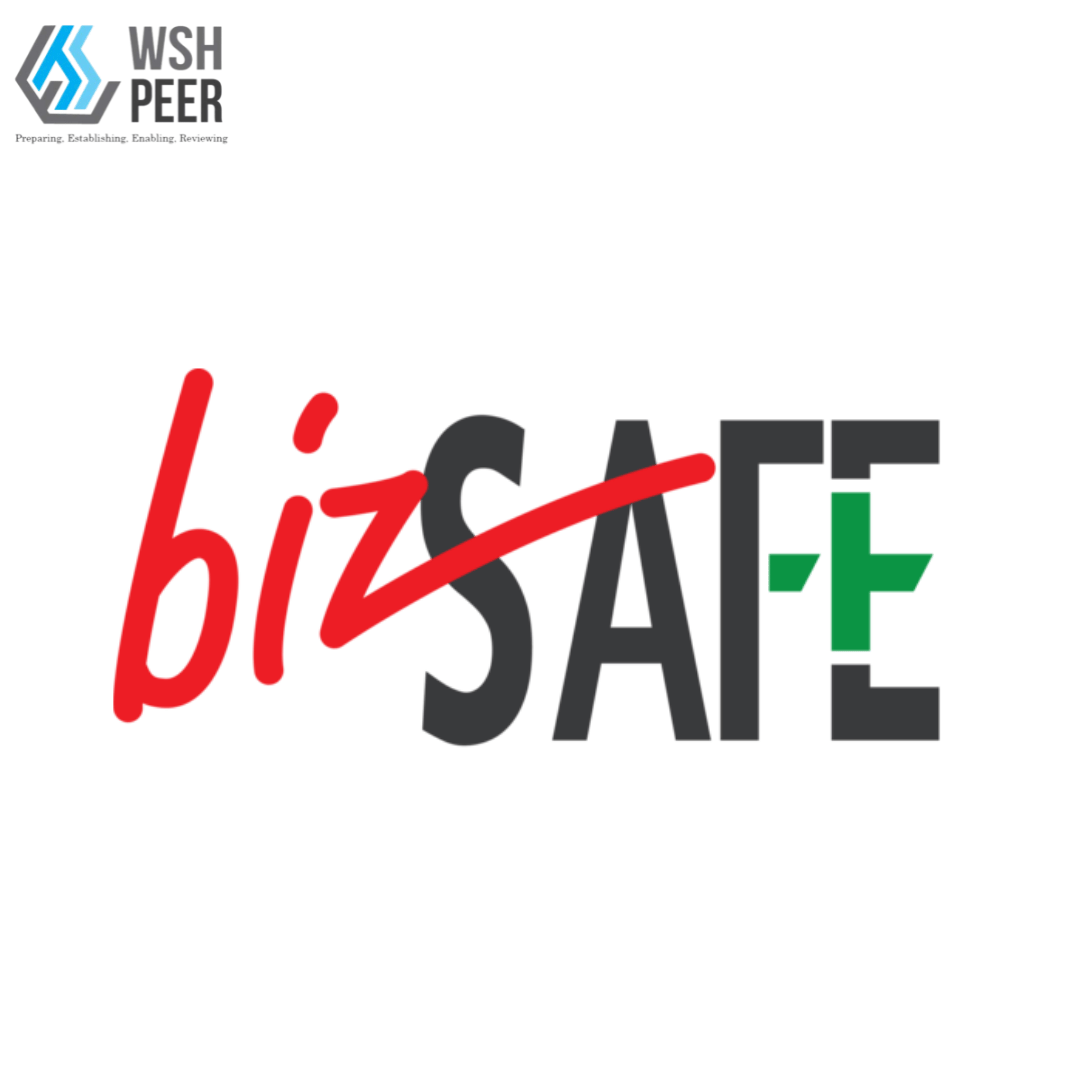Permit To Work is an important element to ensure workplace safety. With Permit To Work, we can ensure that the High-risk works are carried out with proper procedures by capable workers and all potential risks and hazards already considered.
With all the potential risks and hazards in industrial sites, It’s important to build an effective and efficient system to ensure our workplace safety and health.
Here are 4 effective steps for a better and safer work system with Permit To Work.
Step 1. PREPARING
Preparation is the very first step for every system. In this case, there are 3 simple keys for effective preparation :
A. Setup Plan
Planning is an important step for building an effective system. We have to think ahead of time. A good plan is a plan that considers every possibility. Each job is different, and it may affect workers with various risks, hazards, and dangerous conditions in the worksite. That being said, a good plan should involve cautious scheduling for work in advance. This also involves identification of how the works should be done, the safe work procedure, the equipment required, and the classification of the workers who can carry the works.
B. Set up Prevention
“Preventing is better than curing.”
Industrial work sites are full of hazards. It is necessary to minimize these hazards and the stages of prevention. In some cases, hazardous work includes working at heights, excavation, lifting operations, and others–required reliable workers in their field. In this step, we have to think through any possibilities of risks and hazards then develop prevention strategies for each activity.
C. Conduct Preparation
After the plans and the preventive strategies have been created, we can start preparing how our work permit. We can start by designing a Permit To Work form template. The template should contain company information, applicant information, the kind of work to be carried out, equipment used, and date issued.
PEER Permit To Work system helps your preparation easier and makes sure that every work is carried out with proper procedure, according to plan, and carried out by capable workers.
Step 2. ESTABLISHING
After all the preparation is done, we can start by building the system based on the plan, prevention and preparation. We can create workflow first, and determine the steps before conducting each activity. This workflow process is a crucial element for building a safer work system. We have made our plans, the risks have been assessed, and the Permit To Work form already designed. Next, we have to figure out how our Permit To Work will be processed then configure the personnel role for the system.
PEER Workflow engine will help you set up the workflow you want. At default, our Permit To Work will be through 3 processes which are applied by the applicant role, assessment by the assessor role, and approval by the approver role.
Step 3. ENABLING
We have established our system. The next step is implementing the system into our workplace. We can start to assign our workers & staff into the activity and role-based on their capability. Then we can socialize our system to them including how to apply a new work permit, how the workflow works, what the prerequisites are and more. After all of our personnel understand about the system that we created, we can start implementing the system into our workplace.
PEER Role-based access control helps you create a role and give permissions you want based on the role. With the notifications feature, Personnel will get notification when there is a task related to them.
Step 4. REVIEWING
The very last step is to make sure that our system has been implemented well by our personnel. This step is important to make our system effective and efficient. In this step, we can also review if there is something we need to adjust to make our system better.
We can conduct some inspections to determine that our system has been well-implemented while also inspecting the quality of work delivered.
PEER inspection system has 3 types of inspections : Site Inspection, HSSE Inspection, and RE/RTO Inspection.
PEER is all in one solution for your workplace safety and health packed with so many modules like Permit To Work, Site Inspection, HSSE inspection, RE/RTO Inspection, Project Management and more. PEER aims to ensure a better and safer work. Check out all the features.

